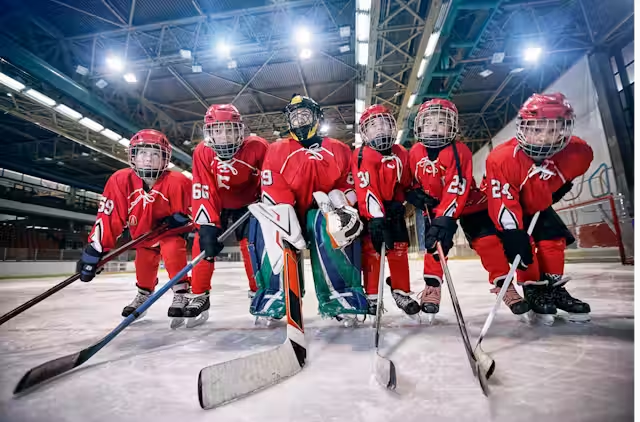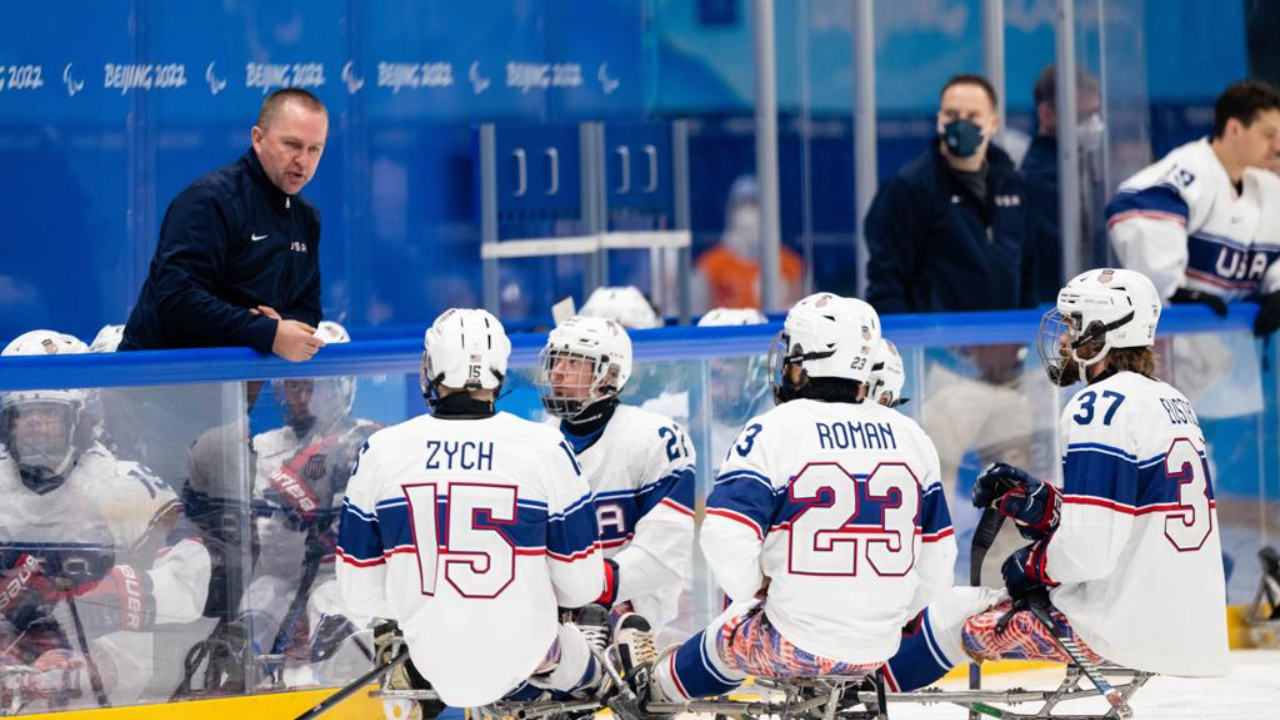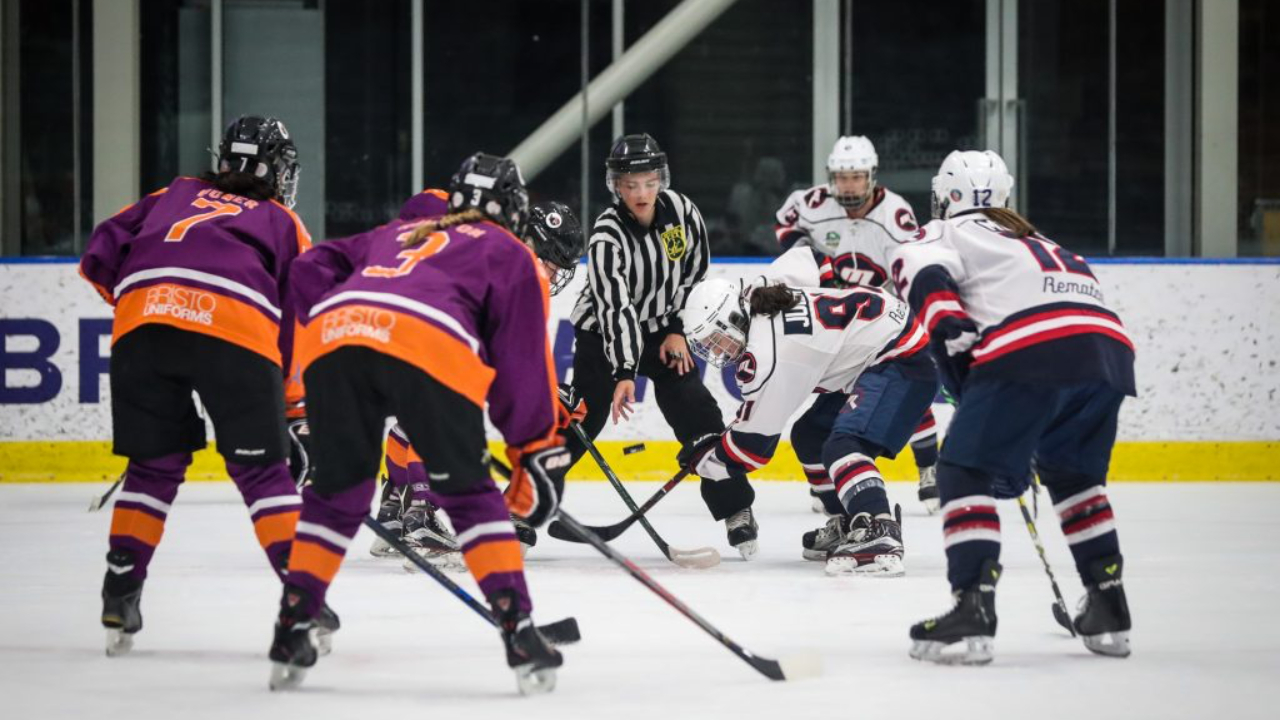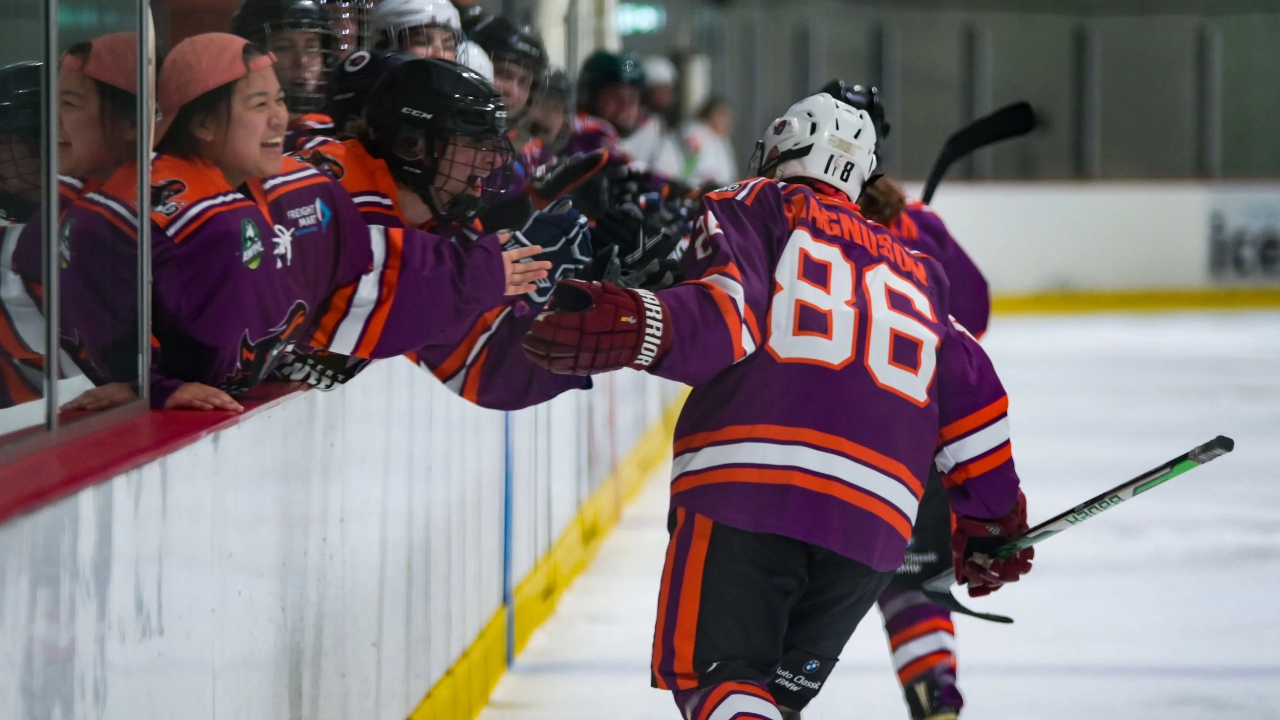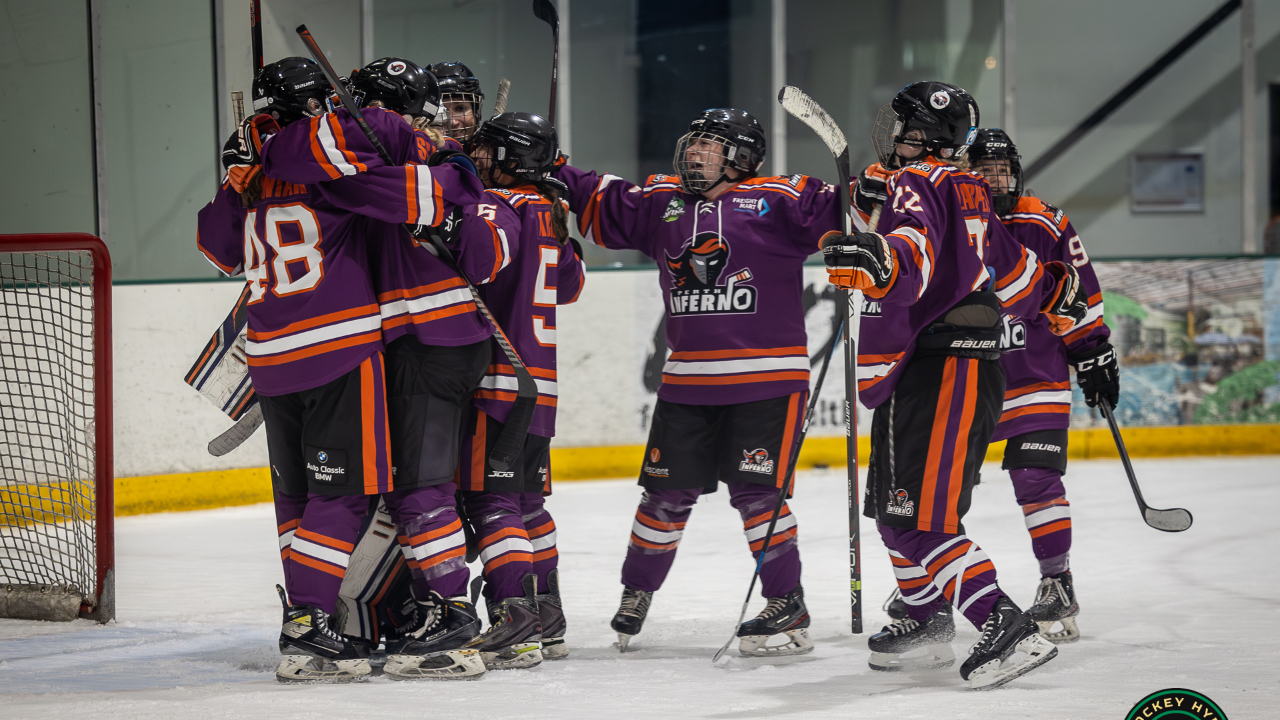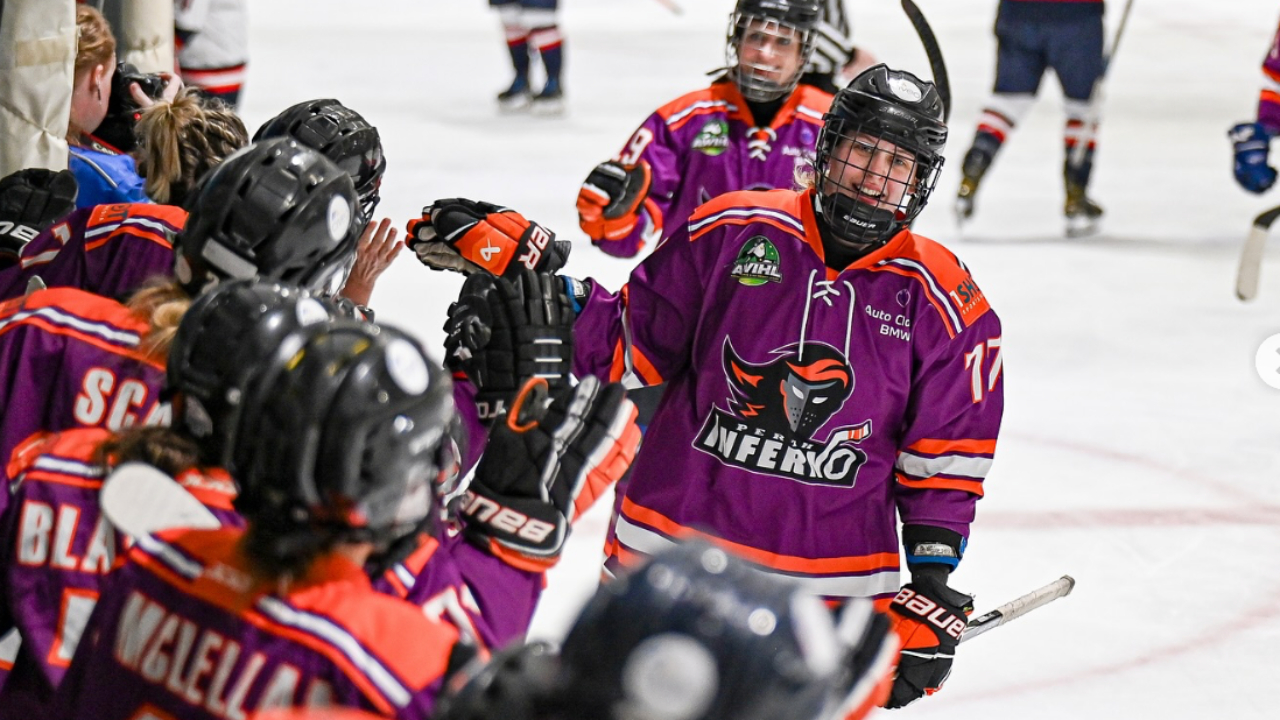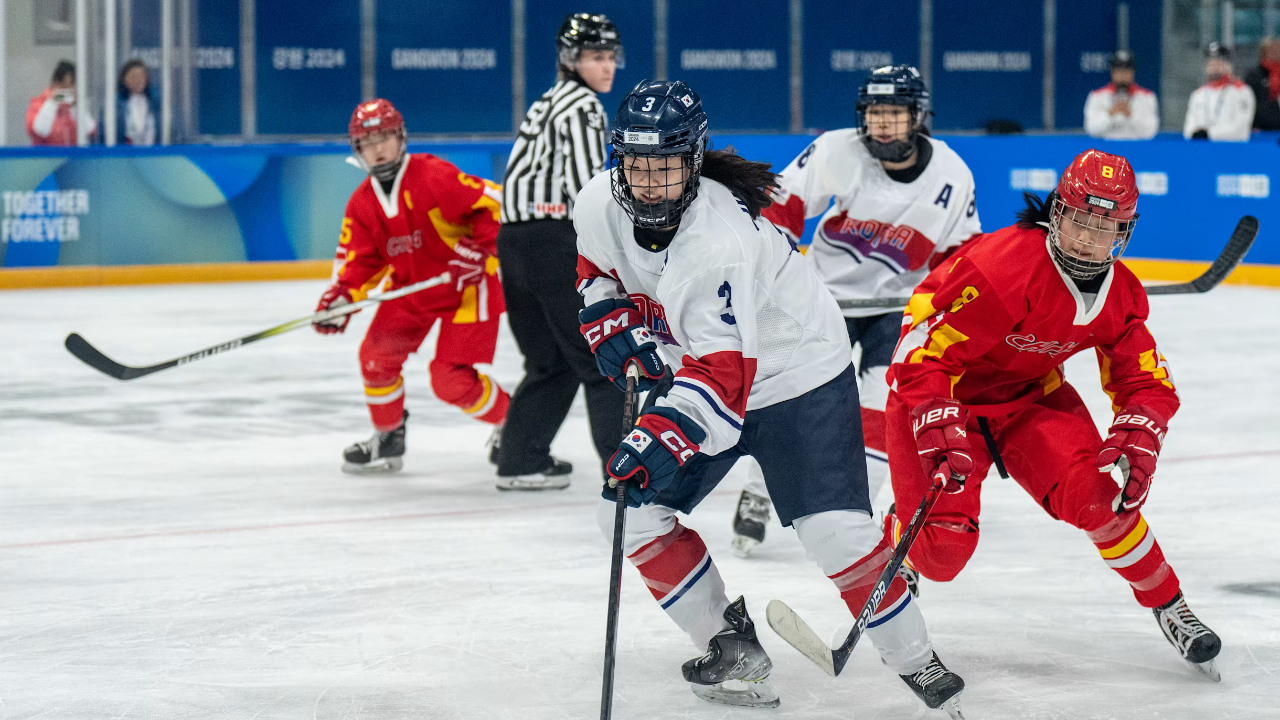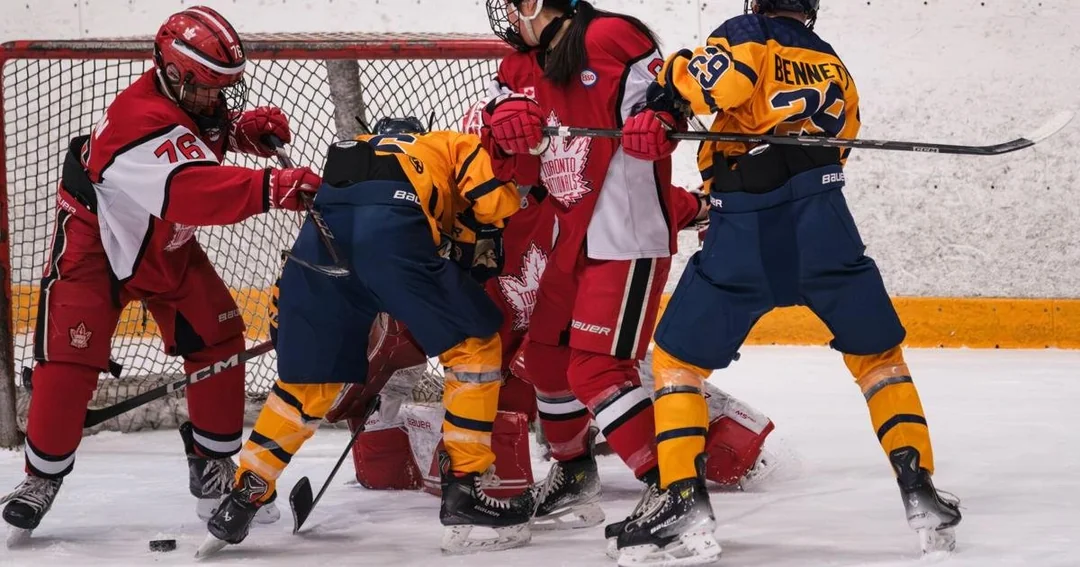
The Adaptive Coach: Designing Environments That Think Back
(2:5) Designing the Map – Creating Safety in Chaos
By Coach Barry Jones – IIHF Level 3 High Performance | USA Hockey Level 3 Performance | Head Coach, Perth Inferno (AWIHL)
- Part 1 - The Adaptive Coach : How We Think, How We Play
- Part 2 - The Adaptive Coach : Designing the Map – Creating Safety in Chaos
- Part 3 - The Adaptive Coach : Safe to Fail – Coaching the Sequential Mind in an Ecological World
- Part 4 - The Adaptive Coach: Applied Chaos – Stories from the Ice
- Part 5 - The Adaptive Coach: Adaptable Reflection – Creating Environments That Learn in Real Time
The Myth of Freedom
Coaches love to talk about freedom.
“Let them play,” we say. “Let the game teach.”
But true freedom in learning doesn’t come from removing structure; it comes from designing structure that feels invisible.
Too much control, and players freeze. Too little, and they drift.
The sweet spot is a designed uncertainty, an environment that looks chaotic on the surface but is full of landmarks underneath.
That’s what the sequential reasoners in our program taught me: they don’t fear chaos, they fear disorientation.
The Map Inside the Storm
Every season, I build what I call the Master Plan, a living map drawn from our team’s habits, season themes, cultural identity, and ecological philosophy.
It’s not a calendar or a playbook; it’s an ecosystem.
For the intuitive thinkers on our team, that ecosystem gives space to explore.
For the sequential thinkers, it provides a path to start from.
When the environment shifts, when games tilt, drills fail, or stress rises, that map becomes the anchor.
They might not know what the next moment brings, but they know what they’re playing for.
Context Before Chaos
One of the most powerful lessons I’ve learned is that context is the safety net of exploration.
During practice, I now start each task with one simple line: “Here’s why we’re doing this.”
It doesn’t take long, ten seconds maybe, but it shifts the entire energy of the session.
When players understand why, they begin exploring the how without hesitation.
The “why” becomes a temporary structure that allows the sequential reasoners to lean into the task instead of overthinking it.
It’s the difference between giving them a treasure map and dropping them in a jungle with no compass.
Designing for Safety Without Removing Struggle
Safety doesn’t mean easy.
It means a space where players can struggle without feeling threatened.
In an ecological environment, you can’t protect athletes from mistakes; that’s where learning lives.
But you can protect them from misunderstanding those mistakes.
When a player fails, I ask two quick questions:
1. What did you notice?
2. What did you try?
The focus stays on perception and intent, not error and outcome.
This language helps sequential learners reframe failure as data instead of deficiency.
A Real-World Example
In one session, I designed a game around Role Ecology to build player support in net-front battles.
The goal was to let perception–action coupling drive learning, to let players feel spacing and timing through the problem.
But I skipped the why.
I thought my design would do the explaining. It didn’t.
The task collapsed early.
The intuitive players adapted; the sequential ones froze, unsure what success even looked like.
When we debriefed, several players said, “We just didn’t know what the point was.”
That wasn’t resistance, it was feedback.
They weren’t asking for control. They were asking for clarity.
When I reframed the task in the next session, connecting it back to our theme of Support the Puck, the same activity came alive.
Nothing about the design changed except the context, and that made all the difference.
Invisible Frameworks, Visible Freedom
The best ecological environments aren’t chaotic; they’re carefully unstable.
The instability is where growth happens, and the framework is what keeps it safe.
Your job as a coach is to make the framework invisible but felt.
Let players believe they’re roaming freely, when in fact every landmark was placed with purpose.
Sequential reasoners find safety in those landmarks; intuitive players barely notice them, and both groups thrive.
Closing Reflection
Coaching isn’t about choosing between order and chaos.
It’s about building a map of meaning inside the storm.
When athletes understand why they’re exploring, they don’t cling to certainty; they chase discovery.
That’s not control; that’s connection.
And in an ecological world, connection is the only real safety we have.
“Chaos doesn’t teach by itself. It teaches when the learner feels safe enough to explore it.”
Author Bio: Barry Jones is an IIHF Level 3 High Performance Coach and USA Hockey Level 3 Performance Coach. He currently serves as Head Coach of the Perth Inferno (AWIHL) and leads the Blaze Development Program. His work blends ecological dynamics, nonlinear design, and athlete-centred leadership to build adaptive teams that thrive in uncertainty.

